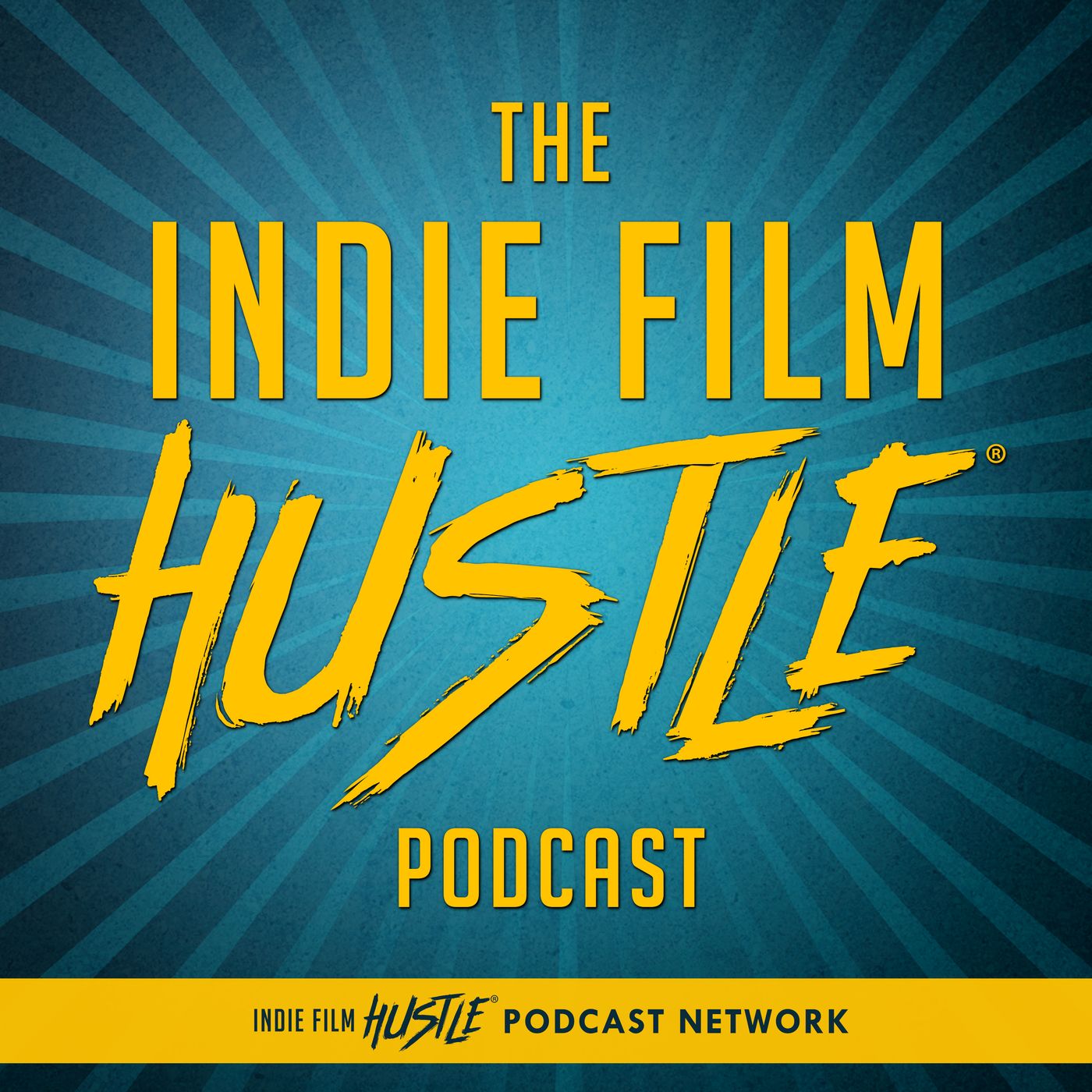
IFH 778: Crafting Over 160 Films, Tales of Creativity, Conflict, and Cinematic Hustle with Jim Wynorski

Indie Film Hustle® - A Filmmaking Podcast
Deep Dive
Why did Jim Wynorski move from New York to Hollywood to pursue filmmaking?
Jim Wynorski moved from New York to Hollywood because he had always wanted to direct movies and was willing to do almost anything to get into the film industry. After struggling for about two and a half to three years, he eventually got someone to read his scripts, which led to work with Roger Corman.
Why does Jim Wynorski emphasize making movies for the audience rather than for himself?
Jim Wynorski emphasizes making movies for the audience because he believes that if you make a movie for yourself, it might not sell. He aims to make movies that are successful and resonate with the audience, which has been a key part of his pragmatic work ethic.
How did Jim Wynorski manage to make six movies in a year?
Jim Wynorski managed to make six movies in a year by being highly available and taking on multiple projects. He would often start pre-production on one film while doing post-production on another, but he never said no to interesting projects.
Why does Jim Wynorski dislike remaking successful movies?
Jim Wynorski dislikes remaking successful movies because he believes they never do it better. He prefers to make sequels that are different from the original, such as Deathstalker 2 and Ghoulies 4, which have little to no connection to their predecessors.
Why did Jim Wynorski decide to pivot from horror to family films?
Jim Wynorski decided to pivot from horror to family films because he noticed a shift in the market. DVDs were declining, and he observed that family films were selling well in stores like Walmart and Target. This market insight led him to create successful family movies like the Dog Bomb series for Sony.
Why did Jim Wynorski stop working on his 'Island of Dolls' project?
Jim Wynorski stopped working on his 'Island of Dolls' project when he discovered that someone in Mexico was already making a movie called 'Island of the Dolls' in Spanish. He feared this would create unwarranted competition and decided to halt his work until he could assess the Spanish version.
Why did Jim Wynorski have a particularly difficult time working with Robert Culp?
Jim Wynorski had a particularly difficult time working with Robert Culp because Culp was very critical and complained about everything, from the lenses to the meals. Culp's behavior caused delays and frustration on set, leading the entire crew to boo him on his last day.
- Transitioned from directing commercials in New York to working under Roger Corman.
- Directed over 160 films across various genres.
- Emphasizes understanding audience preferences for commercial success.
Shownotes Transcript
On today's episode, we welcome Jim Wynorski, a filmmaker whose career is a kaleidoscope of genres, relentless creativity, and a staggering portfolio of over 160 films. Known for his ability to churn out projects with unmatched efficiency, Jim's journey through the cinematic landscape is nothing short of fascinating. From cult classics like Chopping Mall to unexpected forays into family-friendly territory, his career offers insights into filmmaking’s raw, unpolished edges.In this conversation, Jim Wynorski shares the story of how he transitioned from directing commercials in New York to working under the legendary Roger Corman in Hollywood. "I packed up my stuff in a car and drove across the country. I struggled for a few years doing anything I could, and eventually, my scripts got into the right hands," Jim says. It’s a tale of grit and determination, emblematic of the relentless pursuit of dreams that fuels so many creative spirits.Jim's approach to filmmaking is a study in versatility. Whether crafting low-budget horror or light-hearted family films, he has always been deeply attuned to audience preferences. He reflects on this ability, explaining how understanding the marketplace keeps him relevant. "You don't make a movie for yourself; you make it for the audience. If you don’t, it’s not going to sell," he advises, underscoring the pragmatism that has defined his work ethic.The discussion takes a humorous turn when Jim recounts some of the challenges of working with temperamental actors, including notorious on-set dramas. While he speaks fondly of most collaborators, a few experiences left lasting impressions. "Robert Culp, who I loved as a kid, was a prick and a half. He complained about everything—from the lenses to the meals. The entire crew booed him on his last day!" Jim laughs, offering a behind-the-scenes glimpse into the human side of filmmaking.But Jim isn't only about business and conflict—his passion for storytelling shines when discussing his favorite films and the joy of working in diverse genres. From the fantastical to the comedic, his projects reflect a deep curiosity about the possibilities of cinema."Each film took me to new places, both literally and creatively," Jim recalls, noting how travel and novelty kept the work exciting even during grueling production schedules.He also touches on the changing dynamics of the film industry, particularly the impact of digital platforms and the decline of physical media. Ever adaptable, Jim explains how these shifts inspired him to pivot from horror to family films, seizing opportunities in a dwindling DVD market. "I walked into Walmart, saw family films selling well, and decided to make one about a dog and Christmas," he says. The resulting success is a testament to his knack for spotting trends and evolving with the times.Become a supporter of this podcast: https://www.spreaker.com/podcast/indie-film-hustle-a-filmmaking-podcast--2664729/support).